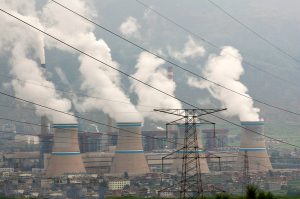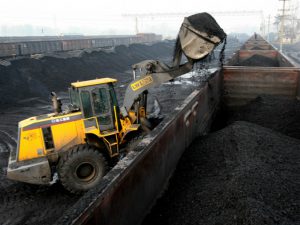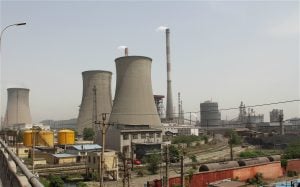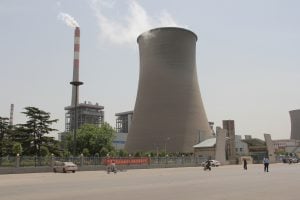Lauri Myllyvirta, a China energy specialist at Greenpeace East Asia, claims that China is still mining considerably less coal compared with last year despite loosening some of its earlier restrictions on production as a way to stabilise coal prices. This is furthering the decline in China’s coal output, which many, including the International Energy Agency, believe peaked in 2013.
New study
A recent study by the Coal Strategic Planning Research Institute, a Chinese think tank, finds that the recent price surge is not the result of an increase in consumption and is instead driven by shrinking domestic supply resulting from efforts to cut overcapacity in the coal industry. “A supply gap created by government intervention, rather than an increase in demand, is the reason for the recent price increase,” said Wu Lixin, the study’s author.
The policies have eliminated more than 200 million tonnes of supply and forced coal companies to cut annual work days from 330 to 276. As a result, coal output has dropped by over 10%, creating a 222 million tonne gap between production and consumption in the first three quarters of 2016.
High temperatures across China since July caused a spike in domestic power consumption (because of cooling demand), which further contributed to the price increase, while transportation issues caused by heavy rainfall and strict rules on road overloading limited coal transportation.
In order to stabilise coal prices, the Chinese government is taking measures to bring some supply back online. But according to Lauri Myllyvirta, “This loosening will still leave 2016 output far below last year’s level and well below the peak in 2013. And once prices fall, the policy will automatically scale output down again.”
Decreasing demand
China’s coal consumption has been steadily declining in the past few years, but the price hike has created speculation that coal consumption could rise above its peak in 2013.
Wu’s study shows that despite the boom, coal demand in the thermal power, steel and construction materials sectors, which accounted for nearly 80% of China’s coal consumption in 2015, is gradually decreasing.
And in the long run, demand in these sectors will continue to fall. China has tightened regulation in the thermal power sector, which accounts for around half of its coal consumption. Crude steel capacity will be cut by 12% to 19% in the next five years, which will lead to a decline in coal demand. And in the construction materials sector, demand for coal has already begun to peak and will gradually decline.
Effect on imports
Although the price surge caused coal imports to rise for the first time this year after three consecutive years of decline, Wu says the increase is temporary: “In the long term, China’s coal demand will stabilise at around four billion tonnes, which can be fully met by domestic supply.”
Imported coal is transported to China’s coastal ports by large oil tankers before distribution. Because China’s inland shipping lanes are too narrow for the tankers to pass through, coal is transferred onto smaller vessels, which adds to costs. As the policy on capping total coal consumption in southeastern and coastal areas strengthens and coal consumption shifts west, the market for imported coal will shrink.
China has also introduced several measures to control sulphur and heavy metal content in commercial coal. These measures extend to customs clearance for imported coal and increase the operational risk for exporting countries. Furthermore, tariff rates implemented in 2014 and RMB devaluation have weakened the price advantage of imported coal.
Decarbonisation still on track
The temporary loosening of regulation around coal production by no means negates the trend towards decarbonisation in China. Clean energy targets for 2020 and plans to increase the efficiency of renewable energy show that China is still moving to decarbonise and meet its climate targets.
Although the dramatic price surge for coal was unexpected and has caused some revision of coal policies this year, the increase in supply and imports that resulted is likely only a short-term fluctuation within a broader trend of decreased coal consumption.







